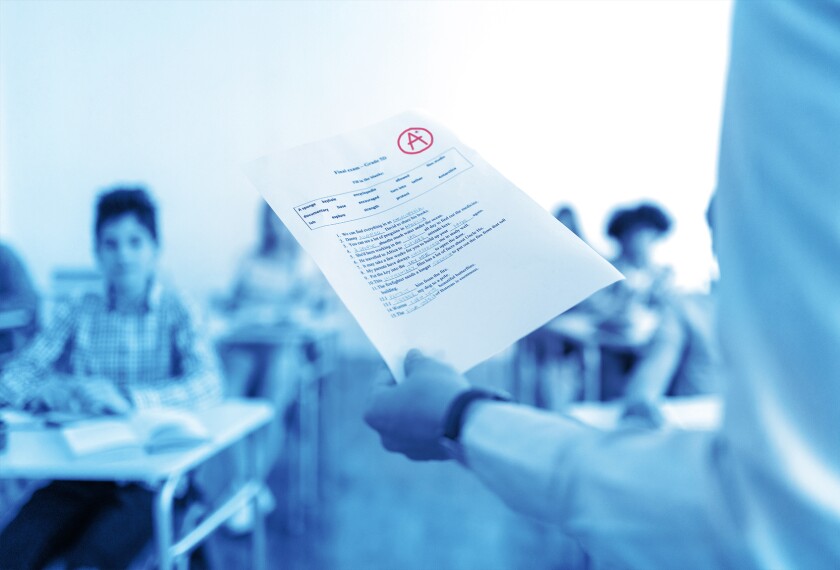While education leaders debate innovations in school management and teaching strategy, it’s important not to forget one of the most basic ways to improve students’ achievement: Give them books.
Kristian L. Holden, a researcher for the Center for Analysis of Longitudinal Data in Education Research at the American Institutes for Research, found spending a little less than $100 per student for new textbooks led to significant improvements in reading and math performance in some of California’s poorest and lowest-performing elementary schools.
As part of a 2004 class-action settlement over the underfunding of schools, California set a standard requiring each student to have his or her own textbooks and instructional materials to use in class and at home, and provided new money to buy the books. Money for textbooks increased from $25 per pupil to more than $54, and the state provided $138 million specifically for the lowest-performing 20 percent of schools.
Holden compared achievement on the state reading and math tests from 2002 to 2011 in schools that were just above and below the cutoff for additional textbook funding. The increase was on average 0.15 of a standard deviation per school in both subjects—in the same ballpark as the effect of reducing class sizes by 10 students.
But no significant change was found for the low-performing secondary schools that received the additional textbook money.





